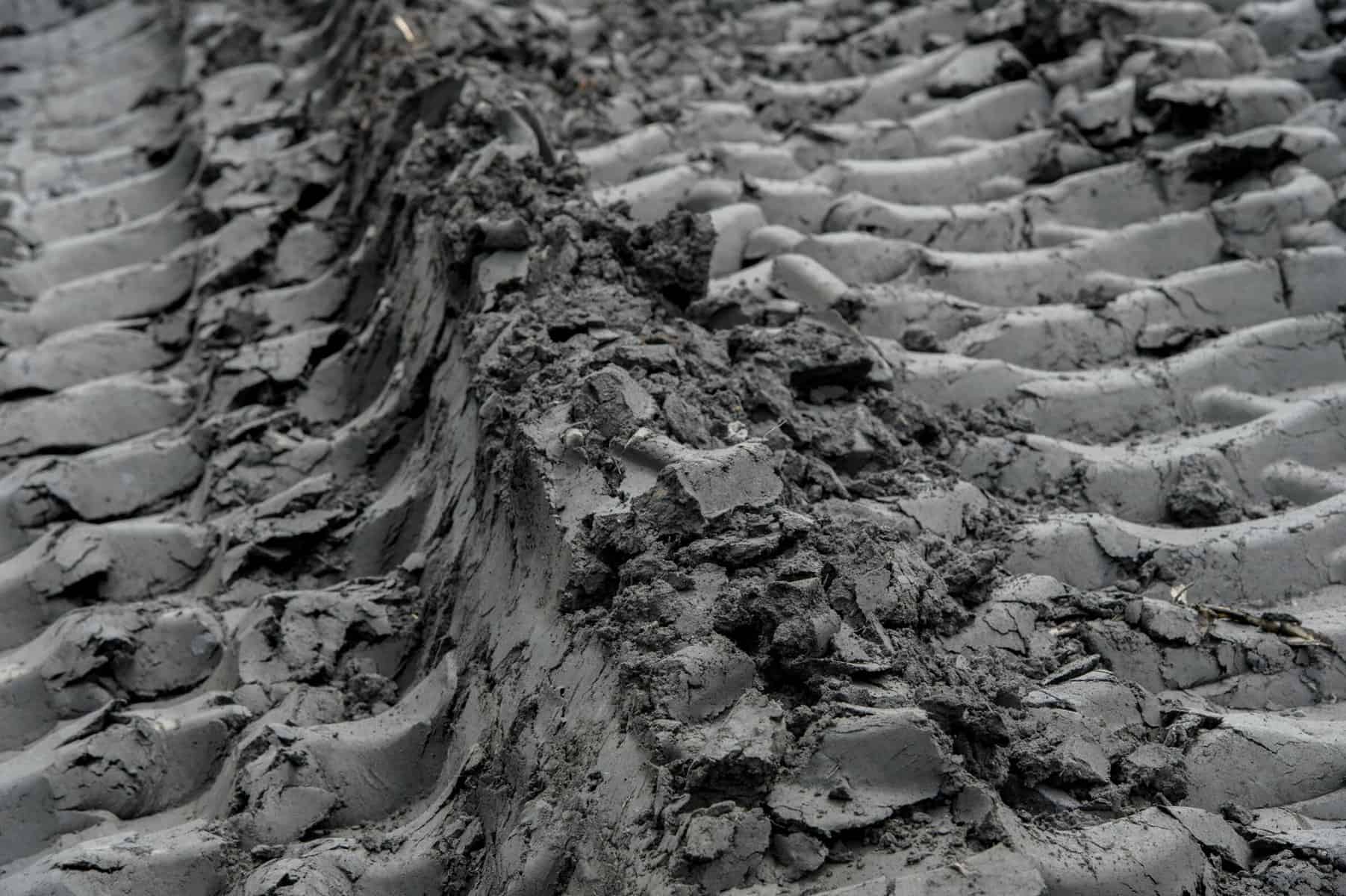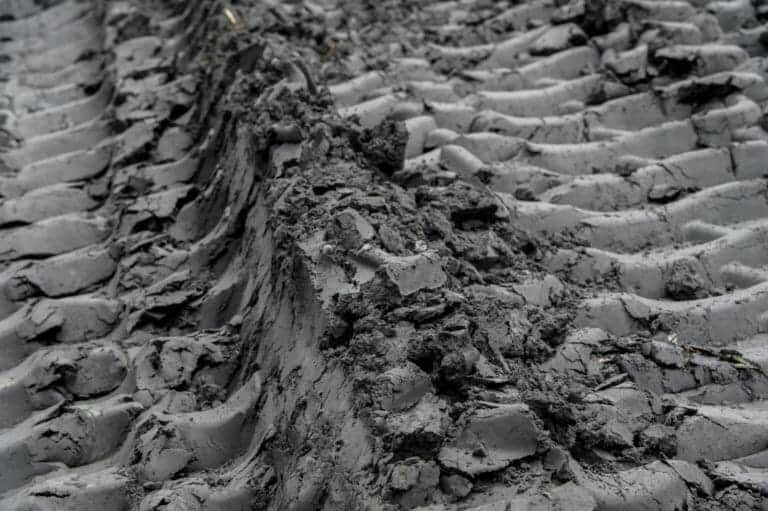Coal ash located at the Possum Point Power Station in Dumfries, Virginia, appears in a photo taken on June 26, 2015. Kate Patterson for The Washington Post via Getty Images
Ten years ago today, the earthen wall of a coal ash impoundment in Kingston, Tennessee, ruptured, sending 1.1 billion gallons of coal ash slurry rushing across the countryside, destroying homes and chocking streams and wetlands with the toxic leftovers from burning coal for electricity.
Luckily, no one died in the flood, but more than 30 workers have died after cleaning up the spill. Another 200 workers are now sick or dying from blood cancer and other illnesses linked to heavy metals such as arsenic, selenium and mercury that are found in coal ash.
A ceremony and memorial to honor the workers is being held today in Harriman, Tennessee, and a class action lawsuit against an environmental contractor who hired the cleanup workers is winding through the courts. [Ed.: pub. date December 22, 2018]
The Kingston disaster was the worst coal ash spill in United States history and inspired environmentalists to push for tighter regulations over the past decade, but pollution from coal ash remains a widespread and ongoing problem. Across the country, coal ash, boiler slag and other combustion waste from power plants is stored in open air pits and impoundments, where rainfall creates a toxic slurry full of heavy metals. At least 67 coal ash dumps in 22 states are currently leaking harmful chemicals into groundwater and will require cleanup efforts in the coming year, according to recent data posted by power companies and compiled by environmental groups, who expect that additional leaking pits have yet to be publicly identified.
Lessons From the Kingston Coal Ash Spill
The Kingston coal ash spill’s impacts were felt far beyond Tennessee. Coal ash from the spill was scraped from the rural landscape and loaded onto trains bound for a landfill in Uniontown, Alabama. The arrival of coal at Uniontown set off a long-running dispute between landfill operators and members of the rural, majority-Black community living nearby over whether the expanding landfill was damaging a historic cemetery and making people sick. Uniontown residents took their fight to the federal level and became well known in the movement for environmental justice, where activists fight back against polluting industries that habitually place their facilities near low-income neighborhoods and communities of color.
The Kingston spill is not the only coal ash disaster in recent memory. In 2014, a Duke Energy coal sludge pond in North Carolina […]
Full article: Coal Ash Dumps Are Contaminating Groundwater in 22 States
More about toxic coal ash contamination and public health:
Hurricane Florence breaches manure lagoon, coal ash pit in North Carolina
New Tests Reveal 15 out of 15 of Indiana’s Coal Ash Ponds Are Leaking
Toxic waste from coal ash pits leaching into Illinois’ only National Scenic River
Walking in Memphis — Above a Coal Ash Cesspool
Groundwater Monitoring Reveals Widespread Radioactivity at Duke Energy Coal Plants
Alabama: Birmingham opposes coal mine near drinking water source



